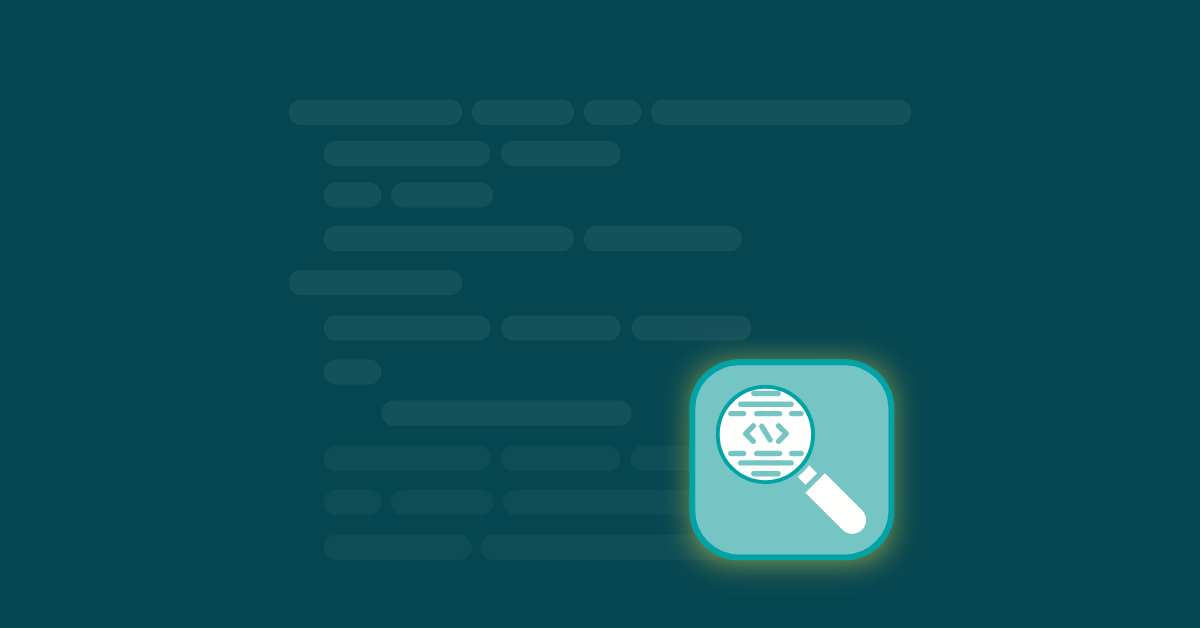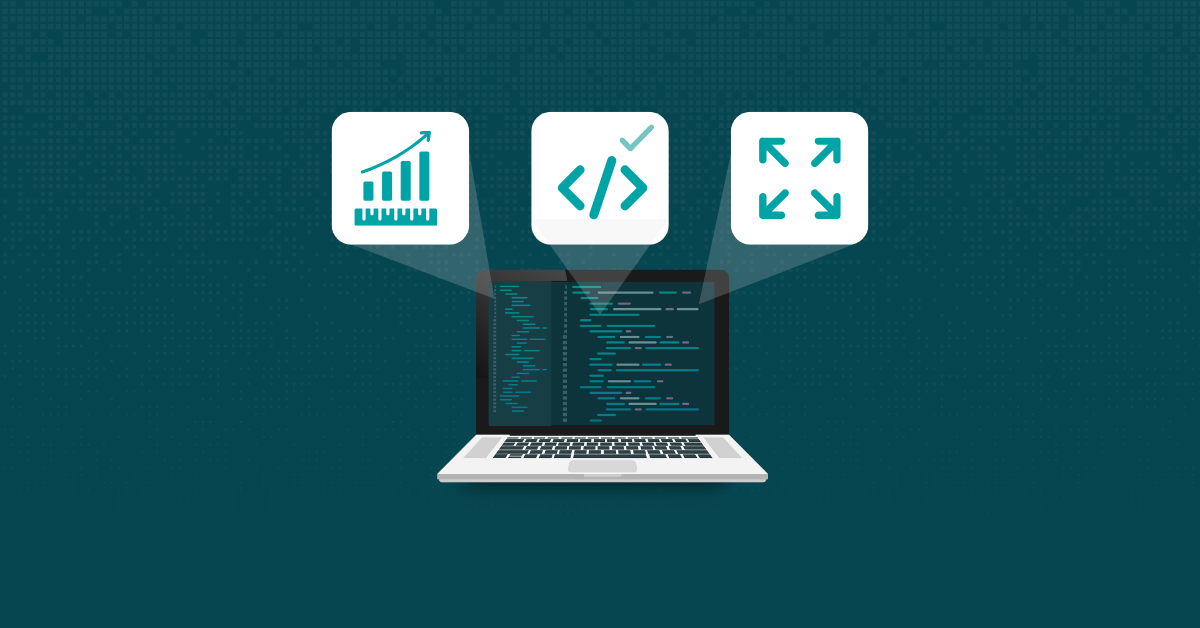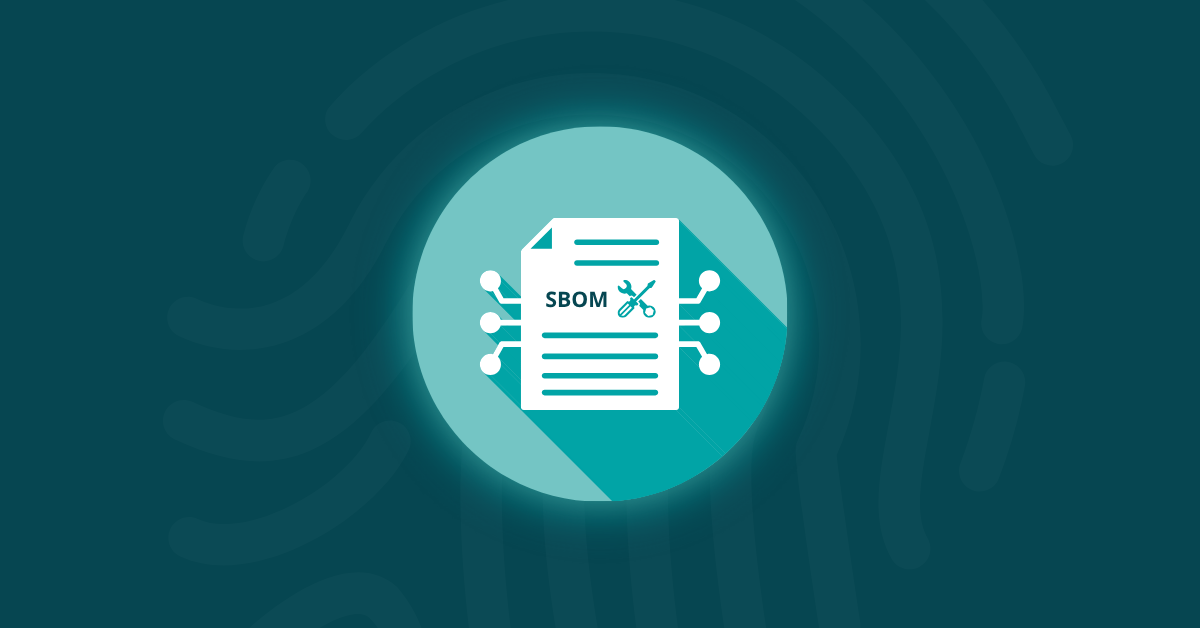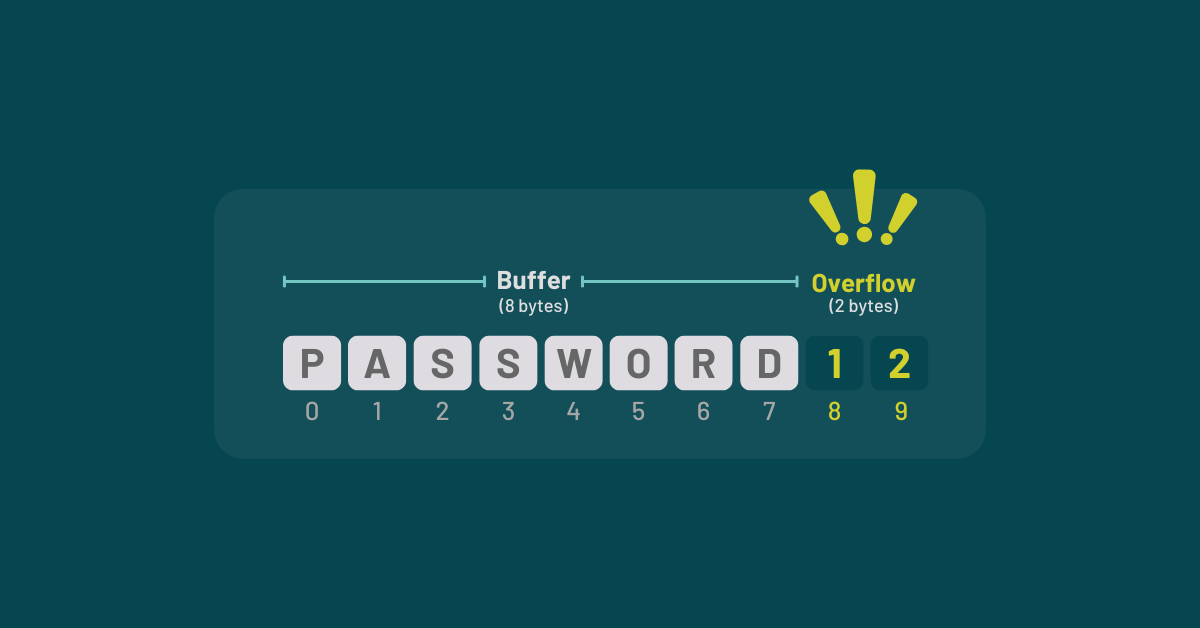

Code quality metrics turn software health into something measurable, trackable, and actionable—the key to building maintainable, scalable, and future-ready systems.
For engineering leaders and QA teams, tracking the right metrics uncovers hidden technical debt, reduces release risks, and keeps productivity on track. Yet the challenge isn’t just measuring code quality, it’s knowing which indicators actually matter and how to act on them.
In this guide, we’ll discuss the most important code quality metrics, from code complexity and duplication to defect density, maintainability index, and rule violations.
You’ll learn what each metric measures, why it matters, and how to use it to drive continuous improvement. Whether you aim to streamline reviews, prioritize refactors, or enforce quality gates across the SDLC, the right metrics make software quality visible and actionable.
When development teams scale, codebases grow more complex—and so do the risks. Without visibility into quality, organizations face mounting technical debt, slower release cycles, higher defect rates, and reduced developer productivity. This is why tracking code quality metrics isn’t optional; it’s the foundation for sustainable software delivery.
For engineering leaders, these metrics function as a software health dashboard. Instead of guessing where bottlenecks exist, they can pinpoint:
This level of insight has a direct impact on business outcomes. Fewer bugs in production make for happier customers. Reduced rework means faster releases. And better maintainability means lower long-term costs.
Here’s how code quality metrics align with team priorities:
| Team priority | How code quality metrics help |
| Faster releases | Spot complexity early to avoid late-stage delays |
| Reduced production bugs | Monitor defect density and coverage to lower failure rates |
| Improved maintainability | Track maintainability index and duplication for cleaner long-term code |
| Better decision-making | Provide leaders with measurable trends instead of subjective assessments |
Ultimately, code quality metrics make the invisible visible.
They transform abstract concerns like “code smells” or “bad architecture” into measurable, trackable signals. For QA teams and developers, that fosters accountability. For leadership, it builds confidence in release planning. And for the business, it delivers more reliable, cost-effective, and competitive software.
Two of the biggest threats to long-term software health are rising complexity and poor maintainability. These problems often grow quietly in the background until they slow development, frustrate QA teams, and drive up the cost of change. That’s why measuring the right code quality metrics is essential.
Here’s a quick reference for these metrics:
| Metric | What it measures | Why it matters |
| Cyclomatic complexity | Number of independent code paths | High values = harder to test and debug |
| Cognitive complexity | How difficult is the code to read/understand | Impacts developer onboarding and productivity |
| Maintainability index | Composite score of code quality | Predicts long-term cost of ownership |
| Code duplication | % of repeated code across the project | Increases defects and slows down refactoring |
Key takeaway: By focusing on complexity, maintainability, and duplication, teams can proactively reduce technical debt, simplify reviews, and create a codebase that’s easier to scale.
Reliability depends on more than compiling code. Teams need to know how software performs under real conditions, how stable releases remain over time, and how well testing reduces the risk of regression.
Three key code quality metrics—coverage, defect density, and duplication—directly influence these outcomes.
When tracked as one, these metrics act as a predictive reliability framework, giving teams a clear picture of release health and long-term stability.
Code reviews and quality gates often feel subjective without clear benchmarks. Code quality metrics remove the guesswork by providing measurable thresholds that guide decisions, streamline workflows, and reduce debate between reviewers.
Bottom line: When embedded into reviews, gates, and pipelines, code quality metrics evolve from abstract data points into actionable tools that continuously improve software quality and team productivity.
High-performing teams don’t guess at code quality. High-performing teams measure code quality.
Metrics like complexity, coverage, and defect density give developers and QA leads the clarity they need to move faster, cut down on rework, and release with confidence.
When these signals feed into reviews and CI/CD pipelines, quality stops being a moving target. Teams gain proof that code is maintainable, reliable, and ready for production.
Don’t leave quality to chance. Book your free demo today and see how metrics can turn your codebase into a competitive advantage.
The most impactful metrics include code complexity, maintainability index, code duplication, defect density, and test coverage. Together, these reveal how easy code is to maintain, how reliable releases will be, and where technical debt is growing.
By making complexity, duplication, and defects measurable, teams can prioritize refactoring before problems compound. This proactive approach prevents small inefficiencies from becoming expensive, long-term technical debt.
Code complexity measures how difficult logic is to understand or test, while maintainability looks at the ease of updating and extending code. Both metrics complement each other in identifying high-risk modules.
Most teams aim for 70–80% coverage, but the key is ensuring that critical business logic, integrations, and error-handling paths are thoroughly tested. Chasing 100% coverage rarely delivers additional value.
Defect density shows how many confirmed issues exist per 1,000 lines of code. Leaders track this metric to measure release stability, compare project quality, and evaluate whether process improvements lower bug rates.


